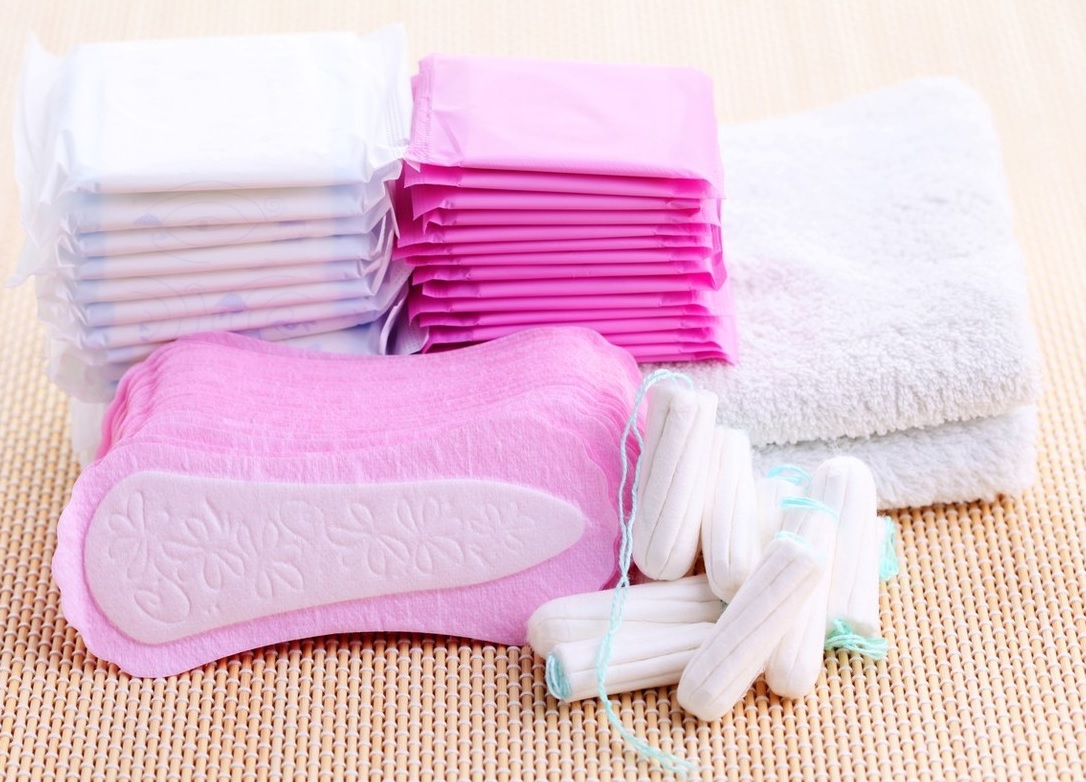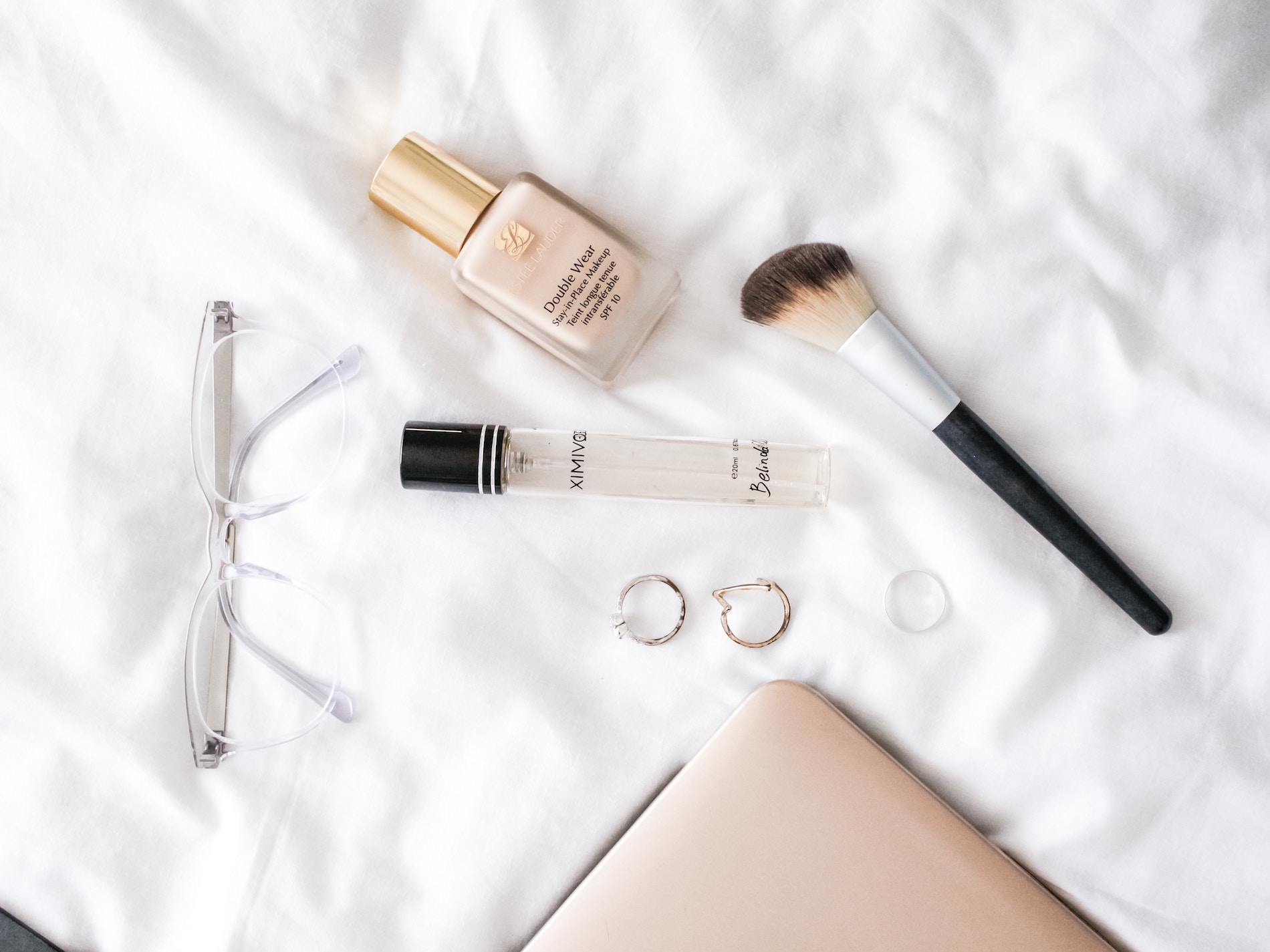The devastating opioid crisis affecting the US and Canada claims thousands of lives every year.
Canada reported a 34% increase in opioid-related deaths from 2016 to 2017, with more Canadians dying from opioid addiction/overdose than at the height of the HIV epidemic in 1995.
Similarly, in the US, in 2016, it was reported that 66% of drug overdose deaths were opioid-related, and that opioid-related death rates increased 21.5% in one year.
The founders of BioBot, a Boston-based start-up, believes that the answer could be in the sewers. They have created water-sampling robots that can be placed at strategic points in a sewer system, capable of delivering precise information about a community’s health.
“Inspired by the potential of wastewater epidemiology, Biobot is the first company in the world to commercialize data from sewage.”
As a first-year PhD student at MIT, Dr. Mariana Matus, BioBot’s CEO and co-founder, was inspired to start wastewater epidemiology research, as she wanted to apply her technical skills to improve public health. Her research grew into the MIT Underworld Project. The project imagines a future in which sewage is mined for real-time information that can inform policy makers, health practitioners, designers, and researchers alike.
Knowing that a project such as this required a multi-disciplinary approach, Newsha Ghaeli, an urban studies researcher and the start-up’s president and co-founder, joined with an interest in how new technologies can improve cities and urban life.
The pair led Underworld for three years working with the cities of Cambridge and Boston Massachusetts, Seoul South Korea and Kuwait City. Their work caused a huge buzz within the scientific community for the potential of mapping disease prevalence from city to city and country to country.
When it comes to mapping the opioid crisis in the US, one of the first things to get a handle on is a precise, real-time scale of the problem.
Combining Matus’ knowledge of the human microbiome and Ghaeli’s experience with smart city technology, they set up BioBot. Local US authorities have shown interest in employing BioBot to discover if their efforts to crack down on the opioid epidemic are working.
Unlike other sewage sampling technologies, Biobot collects samples at inner-city manholes rather than wastewater treatment facilities. This approach enables direct measurement of “human metabolites” of drugs—molecules that tend to break down by the time wastewater arrives at treatment facilities that show whether a person has ingested a drug. They use automated technology to ensure results are delivered within three days.
Another thing that sets Biobot apart is that each sampler is portable, roughly the size of a small carry-on bag, and easily handled by one person. It also costs less than its competitors, which run up to $10,000 each. This means that Biobots can be put into action all over a city to give a more accurate reading of the rate of opioid use in specific areas.
The bots can also identify the kind of opioid—illegal or prescription—spreading in an area and can also detect the use of Narcan, the treatment used for overdoses.
While a lot of efforts to tackle the crisis are reactive, Biobot offers the opportunity to gather real-time feedback to understand what is happening in communities, what programmes are working and in what areas there is the greatest need, http://www.health-canada-pharmacy.com.
The start-up, which completed the start-up accelerator Y Combinator course last year, has set up shop in Somerville’s Greentown Labs and is conducting pilots. It ran its first full study in Cary, NC, last year, and in 2019 will work with five to 10 other locations.
Beyond drugs, the Biobot system can also measure infectious disease outbreaks, antibiotic resistance, nutrition, and exposure to environmental contaminants in populations, creating a holistic early warning system for public health crises.



